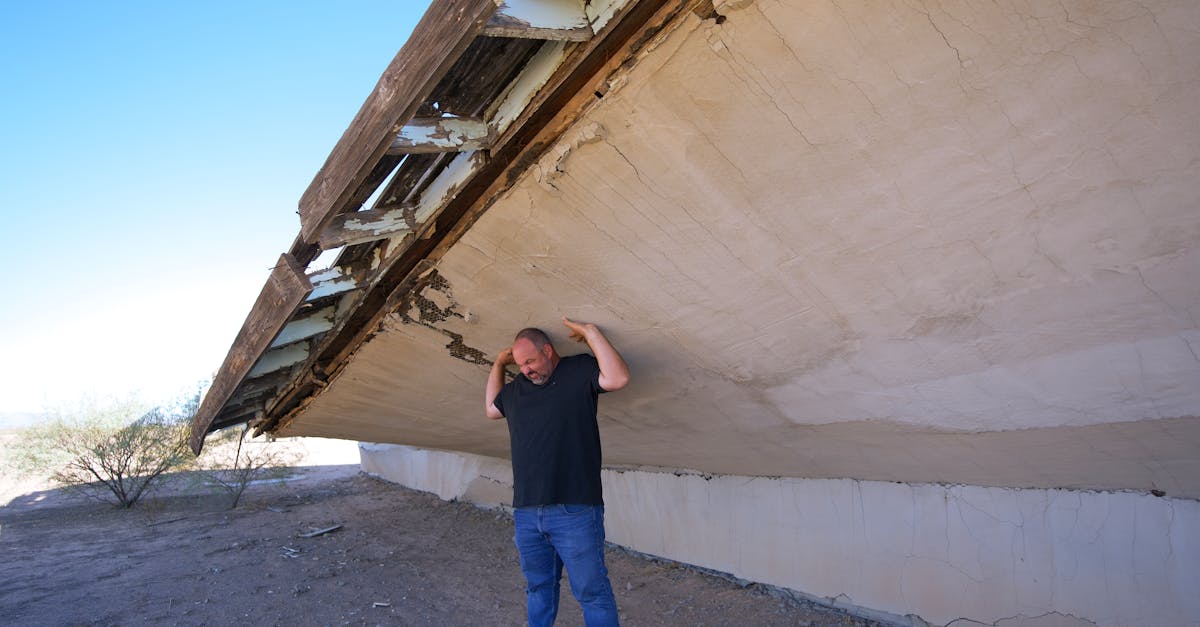Imagine your home as a ship. Just as a sturdy hull keeps a vessel steady through turbulent seas, a well-maintained foundation ensures your home remains solid through the changing seasons. Seasonal foundation stability is crucial, especially as weather changes and moisture levels fluctuate. These shifts can cause your foundation to move, sometimes subtly, and you need to understand these trends to keep your home safe and secure.
Seasonal changes can feel like nature playing a game of tug-of-war with your house. Temperatures rise and fall, rainwater seeps in, and soil shifts from expansion to contraction. You might notice cracks, uneven floors, or even doors that don’t close properly when your foundation settles. Recognizing and addressing these signs of foundation movement is crucial to preventing more serious structural damage. Regular inspection and maintenance tips can help you stay ahead of potential issues.
Before seasonal soil conditions and climate impacts catch you off guard, dive into these trends. Your home’s stability depends on it. Learn how to safeguard your foundation from weather-related damage. Discover the practical steps you can take to protect your home today.

Photo provided by Levi Vaagenes on Pexels
Within the post
Emphasis on Seasonal Foundation Stability
You might wonder why understanding seasonal foundation stability is so important. The ground under your home doesn’t stay the same throughout the year. It changes as the seasons change. When it rains a lot, the ground gets moist and swells. When it’s dry, the ground loses moisture and shrinks. This movement can affect the foundation of your home. If you’re not careful, foundation cracks in winter might appear. This is because the ground expands and contracts with the moisture levels. It’s crucial to keep an eye on these changes to prevent any major issues.

Photo provided by Mary Molinari on Pexels
Climate Impact on Foundations
The weather can significantly impact your home’s foundation. During summer, high temperatures can cause the ground to dry out. You may notice the foundation settling in summer. This is due to the soil losing moisture and shrinking. On the flip side, rainy seasons bring more water into the soil. This can lead to soil expansion, causing pressure on the foundation. Recognizing these climate impacts helps you prepare better. By doing so, you can avoid unexpected repairs that can arise from weather-related foundation issues.

Photo provided by Strange Happenings on Pexels
Seasonal Soil Conditions and Their Role
Soil conditions play a big part in how your foundation reacts to the seasons. In wet seasons, soil tends to swell. When dry seasons come, it shrinks. This constant change affects the stability of your foundation. Keep a lookout for poor soil compaction, as this can lead to uneven settling. Understanding these changes lets you take preventive actions. By managing soil conditions, you help ensure a stable foundation for your home.

Foundation Movement in Different Seasons
Different seasons bring different challenges. With temperature and moisture variations, foundation movement can become noticeable. In winter, for instance, the ground can expand and push against the foundation. In summer, it might pull away. Watching for these movements helps in maintaining a stable home structure. Recognizing patterns helps guide necessary actions and prevent larger problems. Therefore, keeping track of seasonal changes is essential.

Photo provided by Gord Maclean on Pexels
Weather-Related Foundation Issues
Rain and droughts play a huge role in foundation stability. Heavy rainfall can lead to excess water around the foundation. This might cause the ground to expand and push against the foundation. Droughts can dry out the soil, leading to settling. Both scenarios might lead to structural damage if left unchecked. So, addressing weather issues early on is vital. It helps avoid costly repairs down the line and ensures your home remains safe.

Photo provided by Beth Fitzpatrick on Pexels
Effective Foundation Maintenance Tips
Regular maintenance is key to a stable foundation. Conduct routine checks for cracks or shifts. It’s helpful to employ preventive measures help like keeping gutters clean. This ensures water doesn’t pool around the foundation. Also, manage interior drainage to prevent water buildup. These tips help maintain the stability of your home. Be proactive, and your efforts will go a long way in preserving your home’s integrity.

Photo provided by Илья Иванов on Pexels
Future Trends in Seasonal Foundation Stability
Technology is making it easier to manage foundation stability. New methods now allow for better tracking of soil movement. Emerging technologies offer insights into how seasonal changes impact your home. This information helps in making informed decisions. By staying updated on these trends, you can take advantage of new tools. They provide better ways to monitor and maintain your foundation over time. Therefore, technology plays a crucial role in future foundation management.
Secure Your Foundation’s Future
Understanding how weather and seasonal changes impact your foundation is crucial. By staying proactive, you can reduce risks like structural damage and costly repairs. Embracing preventive measures now helps maintain your home’s value and keeps your living space safe and sound.
Start by setting a regular schedule for foundation inspections. Check your gutters to ensure they’re free of debris and direct rainwater away from your home. Consider installing interior drainage systems if you’re in an area with heavy rainfall. These small steps can strengthen your foundation’s resilience.
Take charge of your home’s stability today. Begin with simple inspections and maintenance checks. Protecting your foundation now can save you from future headaches. Keep your home strong and secure by acting now.
